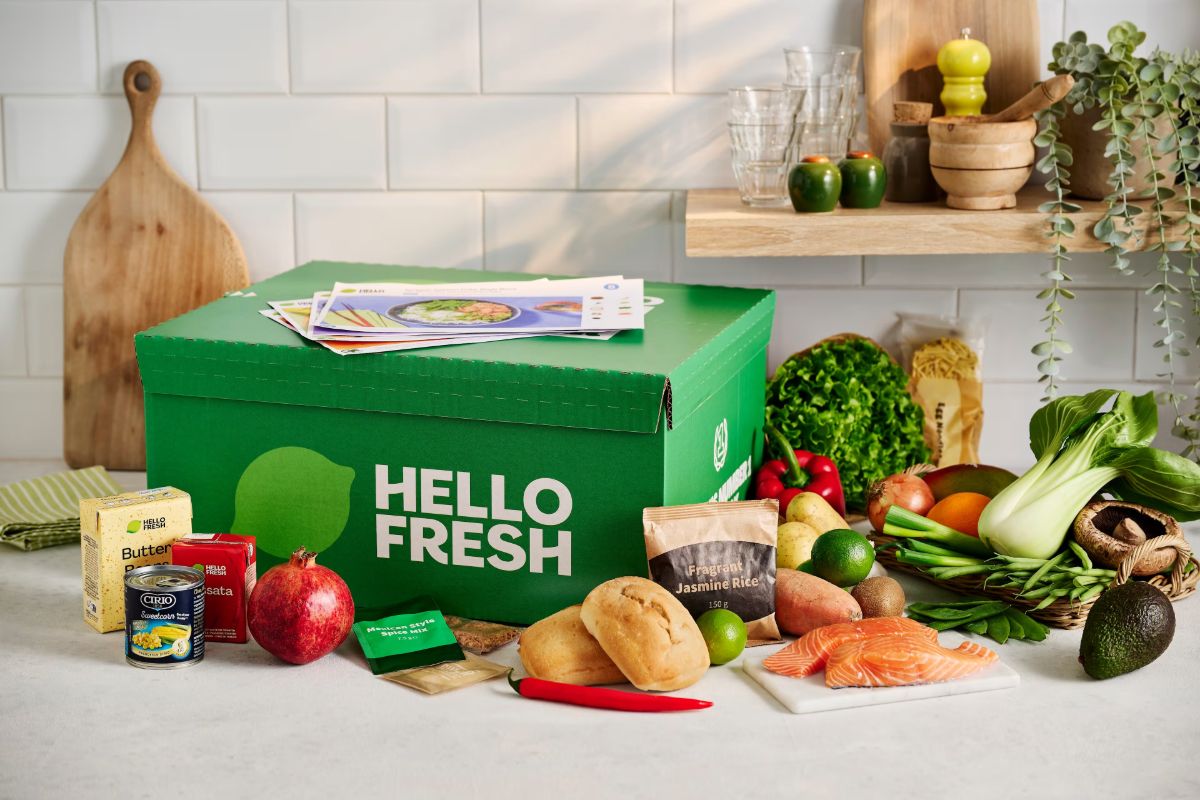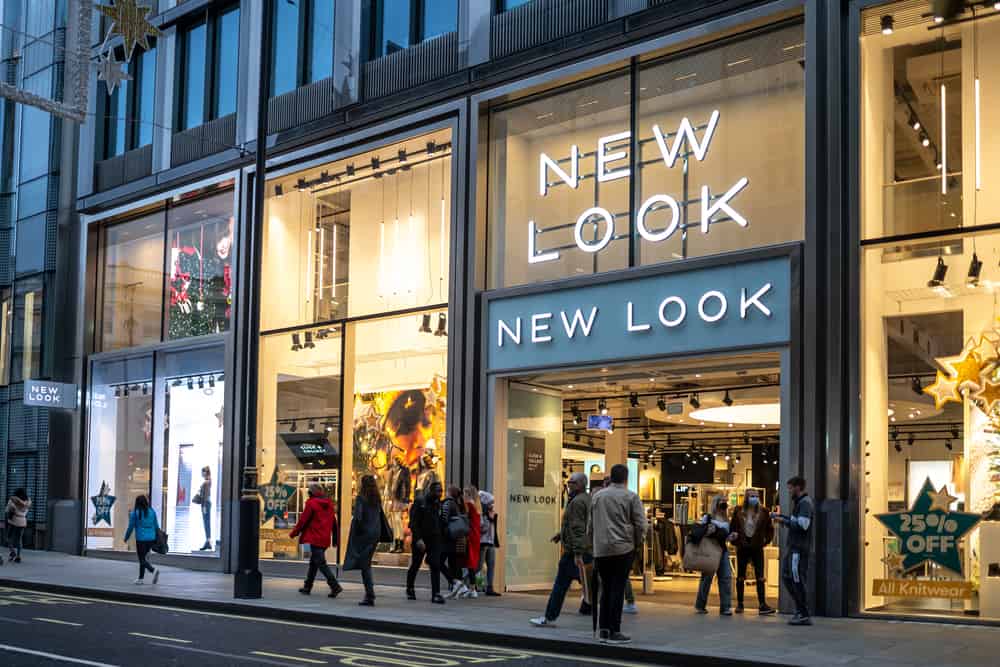Almost a third (32%) of major UK retailers plan to install technology that enables in-store shoppers to order an item unavailable in one branch from another holding it in stock, according to a survey conducted by retail specialists Martec International for Omnico, a leading software and services company enabling omni-channel experiences.
Currently, just 13% of retailers surveyed have the technology that allows in-store customers to order goods from another branch that has the item available.
The research, which surveyed 31 UK retailers with more than 100 stores or two department stores, shows how retailers are increasingly planning to invest in omni-channel capabilities, recognising that they lack the technology required.
“Retailers are now coming up with firm plans to invest in an omni-channel retail strategy as they know they must do more to meet the increasingly high expectations of the digitally-savvy, mobile customer,” says Mel Taylor, CEO at Omnico. “With the right solutions, retailers can give a significant boost to their sales, knowing that by being able to say ‘Yes’ more often they can guarantee they will never lose another sale due to unavailability.”
The survey also found that more than a quarter of retailers (26%) plan to allow customers to order online or from another of their stores while they are shopping in a branch. Currently, 29% offer this facility. A further 13% plan to enable customers to order goods that are in transit or on order, with just the same percentage currently able to provide this. The research shows that sales made in-store for goods not in stock, already amount to 3.5%.
“Those retailers who understand how to operate omni-channel and have the systems capable of supporting it can take market share from those that do not,” adds Taylor.
Cathy McCabe, CIO at Jaeger puts the retailer perspective: “To meet fast-evolving consumer demand and far greater expectations, we need to allow our customers to research and buy anywhere. True customer loyalty is built by providing outstanding service across all channels, at all times, but achieving that requires the right technology that offers a genuinely joined-up approach.”
And it can work. As we have reported earlier this week, New Look [IRDX RNEW] said its progress towards seamless cross-channel shopping has been reflected in like-for-like sales growth of 3.6% during its latest financial year. At the same time, its own website sales grew by 27.9% over the year, with third party ecommerce sales up by 41.8%.
The biggest reason given by survey respondents for increased investment in omni-channel fulfilment technology is the need to provide better customer service and loyalty (32%) followed by a drive to increase sales by providing wider availability of stock (29%).
Recognising the current limitations of their technology, a third of respondents (33%) said the biggest challenge in handling stock across channels is having an accurate view of stock in stores, followed by 20% who cited having a real-time or near real-time update on their central stock file.
“The greatest barrier to offering customers an effective omni-channel experience is a mish-mash of systems that cannot cope, making it virtually impossible to run a single stock pool across all the sales channels, in the process reducing stock-holding,” adds Omnico’s Taylor. “In the absence of effective solutions, retailers who do not have a single view of the customer or a single view of the product range available to all channels, will certainly lose out.”
17% of respondents said the biggest problem was having unintegrated legacy software that does not cope with the demands of cross-channel visibility.
In conducting this research, Martec and Omnico established a sale benchmark for retailers’ capabilities. These comprise four channel levels: Single; Siloed; Disparate, and Unified. The majority of those surveyed are currently at level two, or siloed. This is where, generally, the retailers have a number of sales channels but operations are not integrated or consolidated across them.








